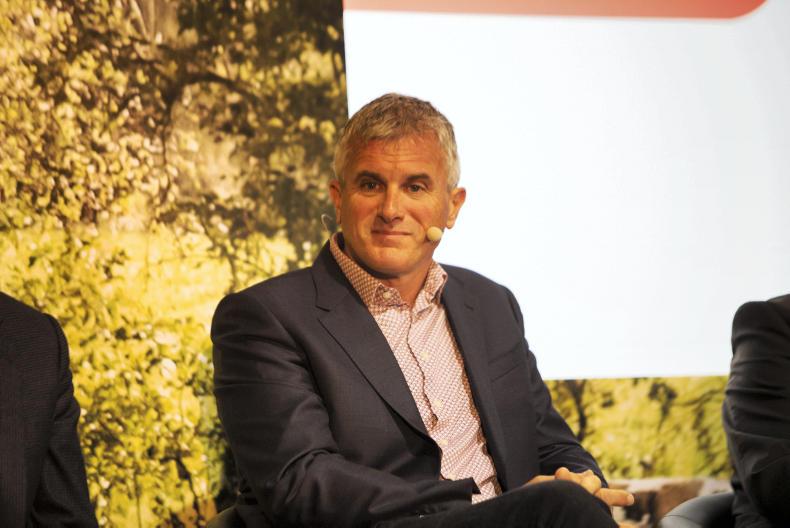Increasing environmental regulation, high farm debt and low profitability means New Zealand dairy farmers will have to grind out the next 10 years, according to Dr John Penno, othe co-founder of New Zealand infant formula company Synlait.
Speaking at Dairy Day 2019, Penno said New Zealand milk production had reached its peak five years ago and that the next decade up to 2030 would see little room for expansion or new entrants in the New Zealand dairy industry.
“I don’t think we’re going to see the same sort of growth in New Zealand dairy again. New Zealand dairy farms have got much bigger over recent decades with the average herd size now up to 400 cows,” said Penno.
“But the defining thing about New Zealand dairy farms is the amount of debt they’re carrying.
“On-farm debt has grown 25% in the last five years and 25% of our farmers are struggling to make a profit. Half of New Zealand farmers have more than 60% debt as a percentage of total assets. So there’s a lot of debt on farms and there’s a lot of debt in the processing sector as well,” he said.
Penno said these farmers would spend the next decade “grinding down that debt”. The NZ native said New Zealand farmers enjoyed a fairly lax environmental regime during the first phase of milk production growth.
However, the New Zealand government is now introducing stringent rules on the environment due to nitrogen losses and climate change which will add costs to farmers and hurt profitability even further.
“There are going to be some pretty painful adjustments ahead,” he added.
Growth
Penno also had an important word of caution for Irish dairy farmers trying to grow cow numbers.
“Think strategically about your [Ireland’s] growth. Don’t just grow because you’ve been frustrated for 30 years,” he said.
“Something I think we’ve underestimated is that as farms get bigger, particularly as it moves away from being a family farm to a more corporate entity employing a farm manager and other staff, is that it becomes harder to stay profitable,” said Penno.
“When milk prices go down and you’re in a situation with an intensively operated dairy farm, it’s much harder to adjust your cost base to meet periods of low income. And that’s what’s happened in New Zealand over the last five years,” he added.
Penno said when milk prices dropped in 2016, large New Zealand dairy farms carrying a lot of debt were unable to adjust their costs structures.
“If you’re running a 2,000-cow operation you can’t get up and milk all those cows on your own. Along with the farm debt, our ability to manage those cost bases becomes less. And do not assume that as you grow your farm that you will be able to maintain the same cost structure you have been used to as an owner-operator.
“As an owner-operator, you have flexibility in your system and you have control. Good farmers know when to close the cheque book,” he said.











SHARING OPTIONS